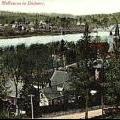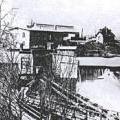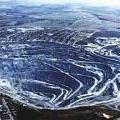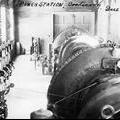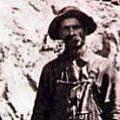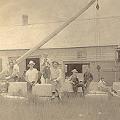Windsor Station: 60 Years of Corporate Credulity and Greed (*Excerpt from Quebec Heritage News)
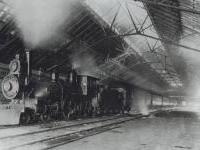 In response to a plan to connect Montreal’s airport to the downtown by diverting the existing CPR tracks around the Bell Centre and old Windsor Station to a new elevated terminus with multi-story commercial and office space, Michael Fish has publicly expressed his opinion that it would be cheaper to demolish the Bell Centre and reopen the old Windsor Station as a commuter
In response to a plan to connect Montreal’s airport to the downtown by diverting the existing CPR tracks around the Bell Centre and old Windsor Station to a new elevated terminus with multi-story commercial and office space, Michael Fish has publicly expressed his opinion that it would be cheaper to demolish the Bell Centre and reopen the old Windsor Station as a commuter

